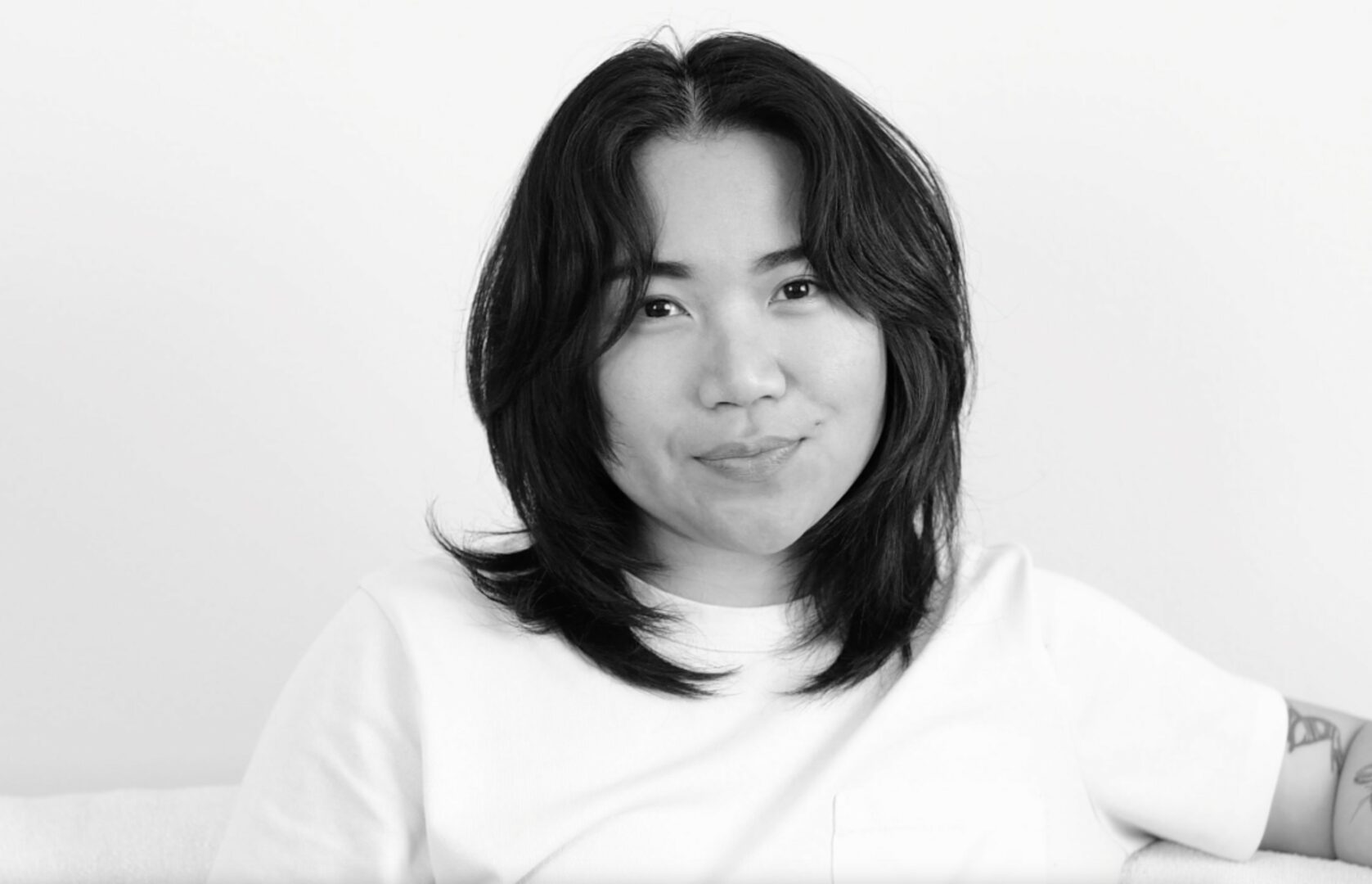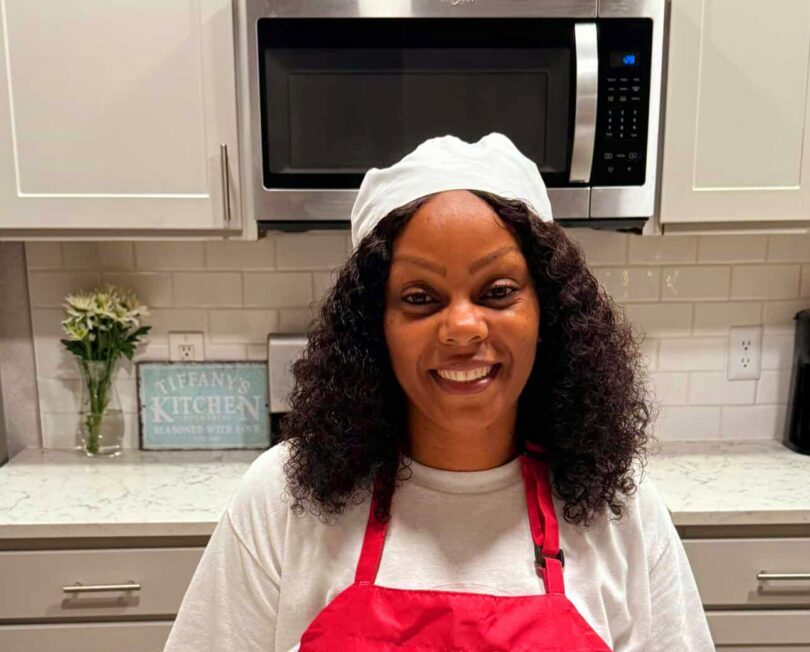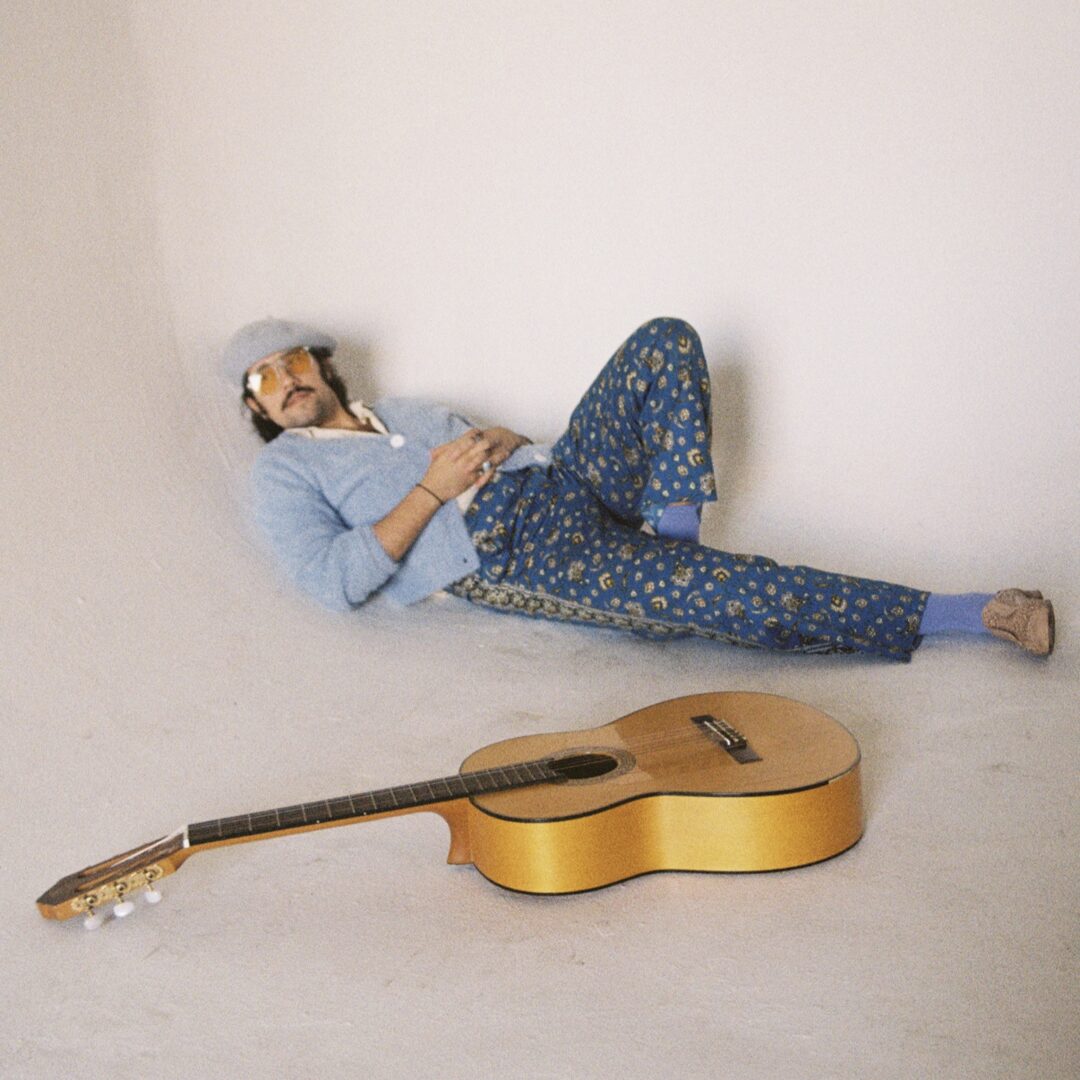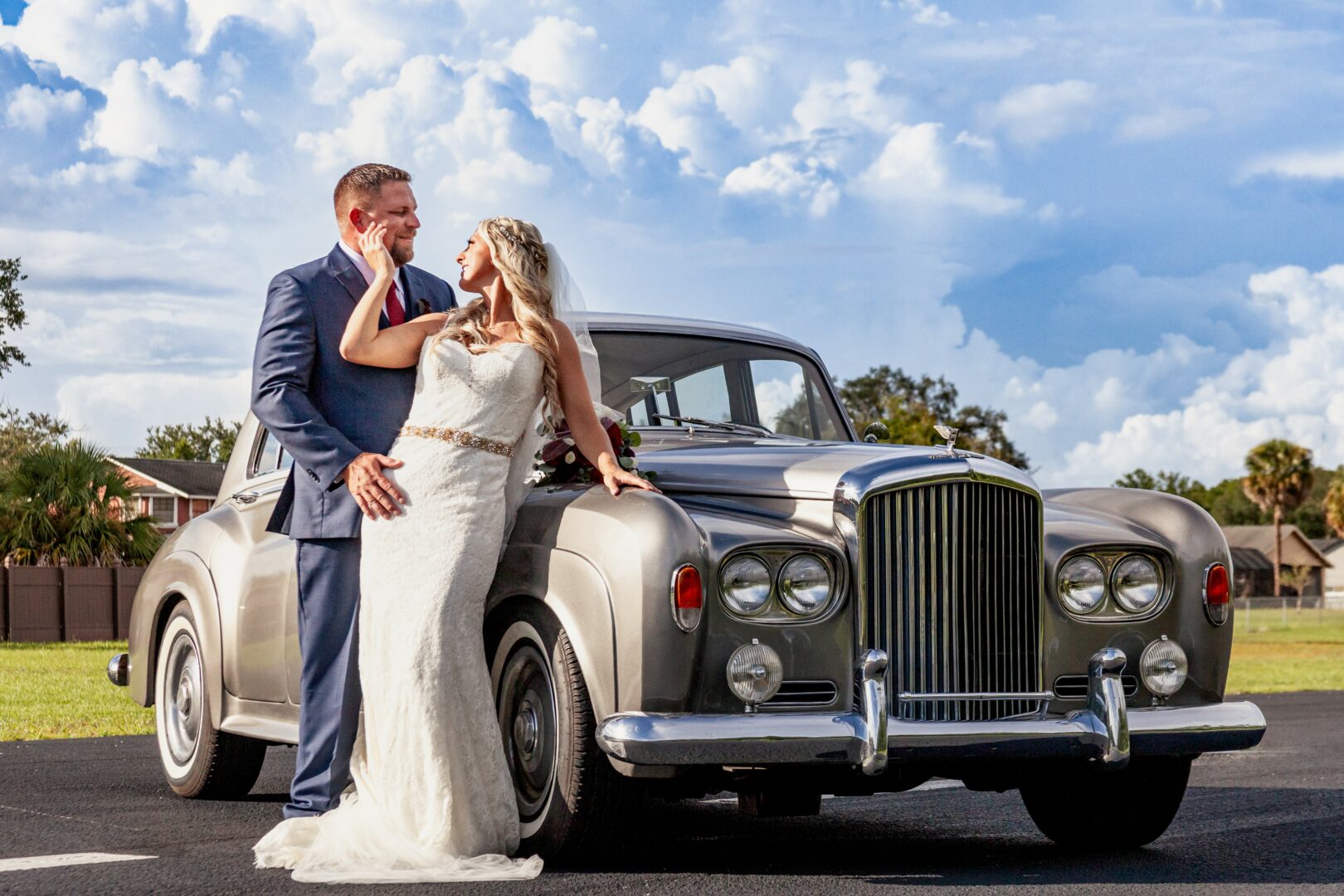We were lucky to catch up with Tevy Khou recently and have shared our conversation below.
Tevy, so great to have you with us and we want to jump right into a really important question. In recent years, it’s become so clear that we’re living through a time where so many folks are lacking self-confidence and self-esteem. So, we’d love to hear about your journey and how you developed your self-confidence and self-esteem.
Becoming an artist takes serious guts. Much of my confidence and self-esteem comes from my parents, who always supported my dream of becoming an artist. This support was especially meaningful to me, as it stood in contrast to stereotypes about Asian parents as being “tiger moms” or overly focused on perfection. Their encouragement gave me a solid foundation, especially as I grew up primarily in poverty and a highly unstable environment.
Coming out around age 14 or 15 was a turning point for my confidence. Bravery often feels like fear at first. Embracing my true self took real courage, knowing that I might face family rejection or the cruelty of high school bullies. Thankfully, I found that people respected me more than they did the bullies, and I was surrounded by their support.
These experiences, combined with my education at Art Center College of Design in Pasadena, California, solidified my sense of self and purpose in my work. Studying there, I was privileged to learn from some of the best teachers in illustration and design, build a strong network, and create lifelong friendships.
I also picked up weightlifting in my twenties, which became a great way to relax outside of art. Stepping away from my creative work for a while often helps me return to it with renewed focus.
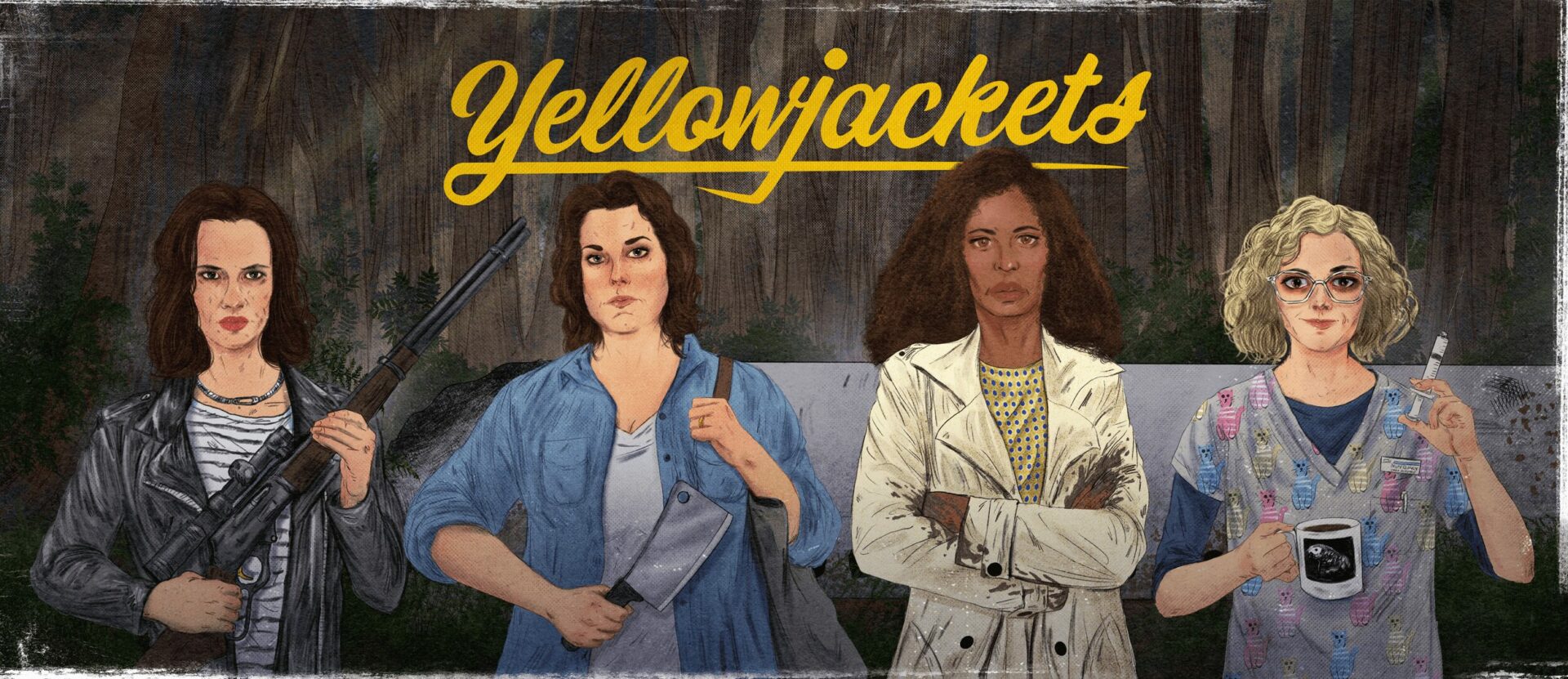
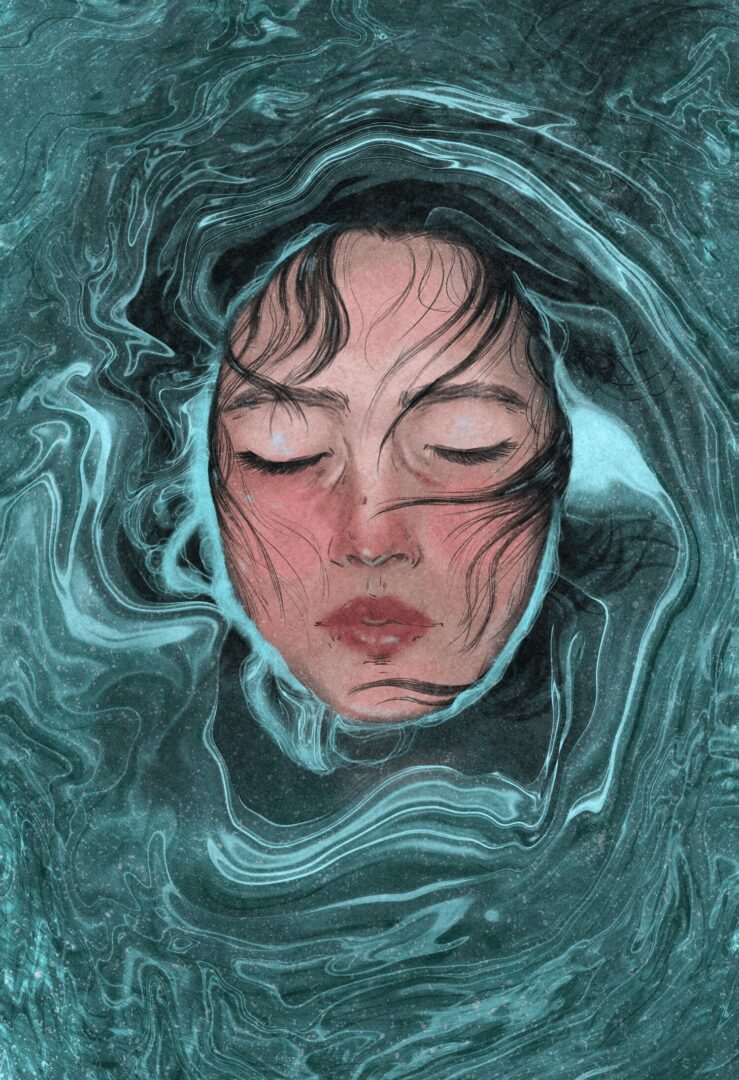
Let’s take a small detour – maybe you can share a bit about yourself before we dive back into some of the other questions we had for you?
I’m an illustrator and designer who brings the spirit of the underdog to life in my work. Looking back, most of the clients I attract are drawn to the themes I explore: the grit, resilience, and stories of those who are often overlooked or fighting an uphill battle.
In college, there was a lot of talk about children’s illustration or books, but it just didn’t fit me. My teachers were knowledgeable, yet they didn’t quite know where my work belonged. My art has always had a daring, unapologetic edge, and I want every piece I create to carry that sense of purpose—never something that simply pleases.
I’m a versatile artist, working across mediums in graphic design, set design, art direction, and animation. I also create editorial illustrations, large banners, collages, and animated art for music videos. My clients include BuzzFeed, the Steve Jobs Archive, Apple, and more. Now, I’m eager to break into illustrations for posters and key art, where I can amplify those raw, compelling stories even further.
With my wide-ranging interests and skills, my dream is to become a creative director who can shape projects on a grander scale across diverse media and industries. I’m inspired by artists like Charles and Ray Eames and Saul Bass—visionaries who made their mark in multiple fields and mediums. In today’s world, the push for specialization has been amplified by the internet, social media, and marketing. But it’s important to remember it wasn’t always this way. Imagine the beauty of creativity so expansive it defies boundaries—a force too dynamic to be contained in just one area.
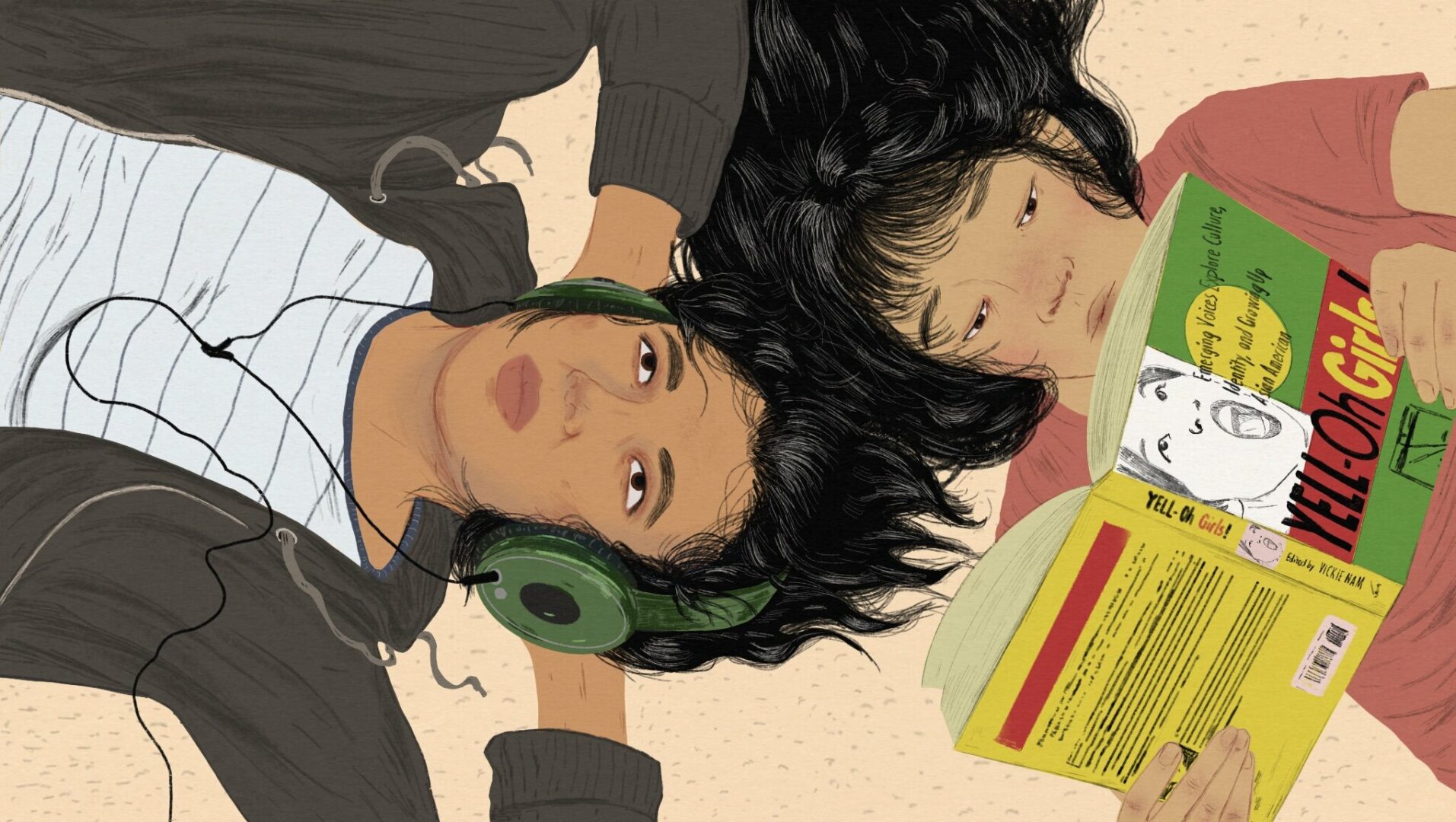
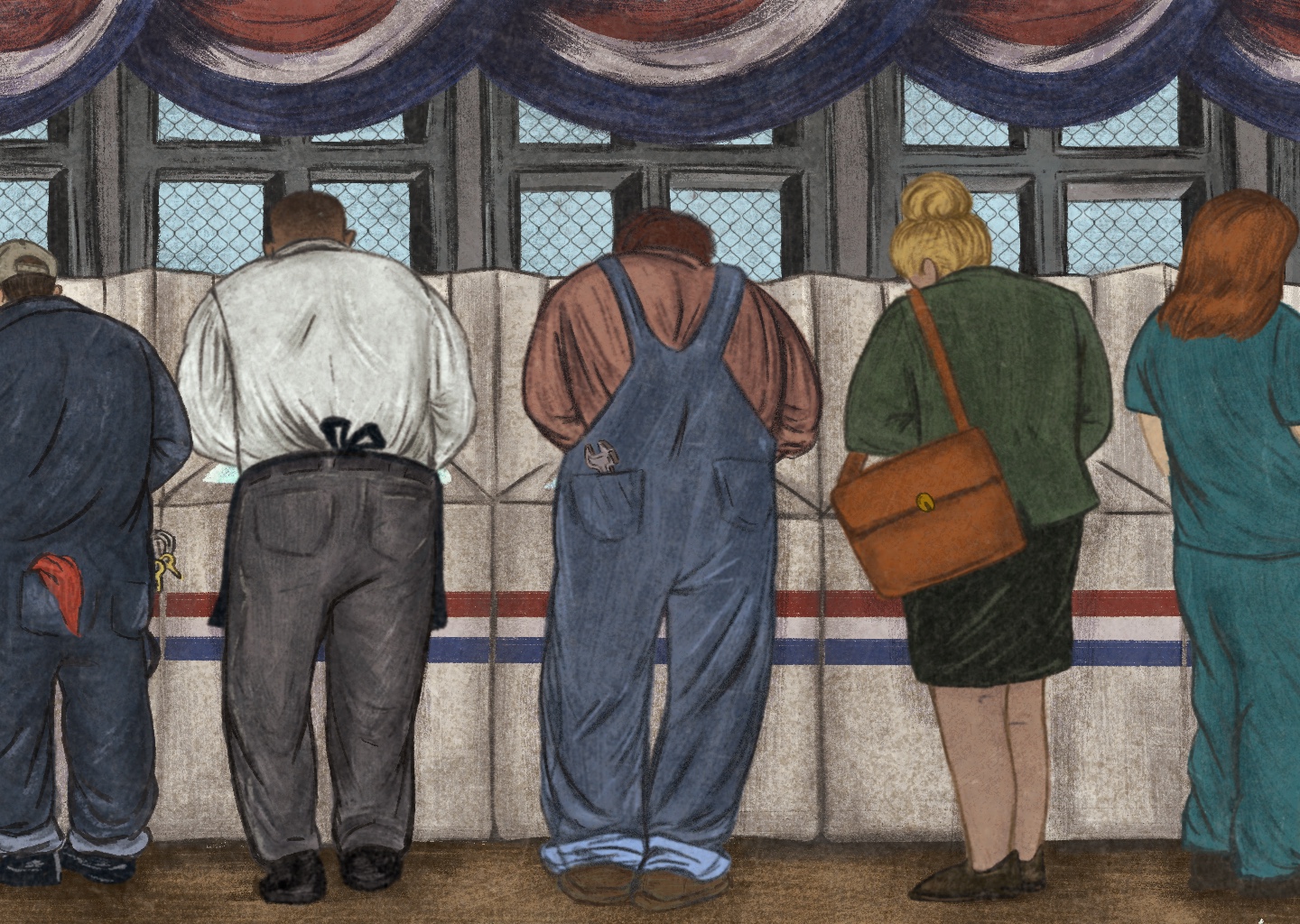
There is so much advice out there about all the different skills and qualities folks need to develop in order to succeed in today’s highly competitive environment and often it can feel overwhelming. So, if we had to break it down to just the three that matter most, which three skills or qualities would you focus on?
If I were to rank three essential qualities for a successful creative career, I’d place them as follows: style > connections > technical skills. Each of these elements requires you to step out of your comfort zone and engage with people.
Style, above all else, is what makes your work stand out. Think about your favorite artists—you can recognize their work instantly because of their unique style. This is what draws in the right audience. Connections come next. The people you meet can open doors to new opportunities, and the best connections are mutual, where you help each other grow. Many of my best projects have come from friendships and relationships I built during college, as well as from attending art events and tabling at zine fests. You don’t have to limit yourself to art-related circles either; you’d be surprised how many non-creatives need creative talent. Networking may feel awkward or “icky” at first—and yes, sometimes it is. But I approach it as building genuine connections with like-minded people who are easy to work with and kind.
Lastly, there are technical skills, which you might gain through formal training or teach yourself. It’s important to understand the fundamental principles of design and art, but also to interpret them in your own way. The more you create, the more you understand your own style, preferences, and tendencies. You start noticing the types of marks you make, or which subjects you avoid. I don’t think you have to draw every single day, but you do need to draw often to keep honing your skills.
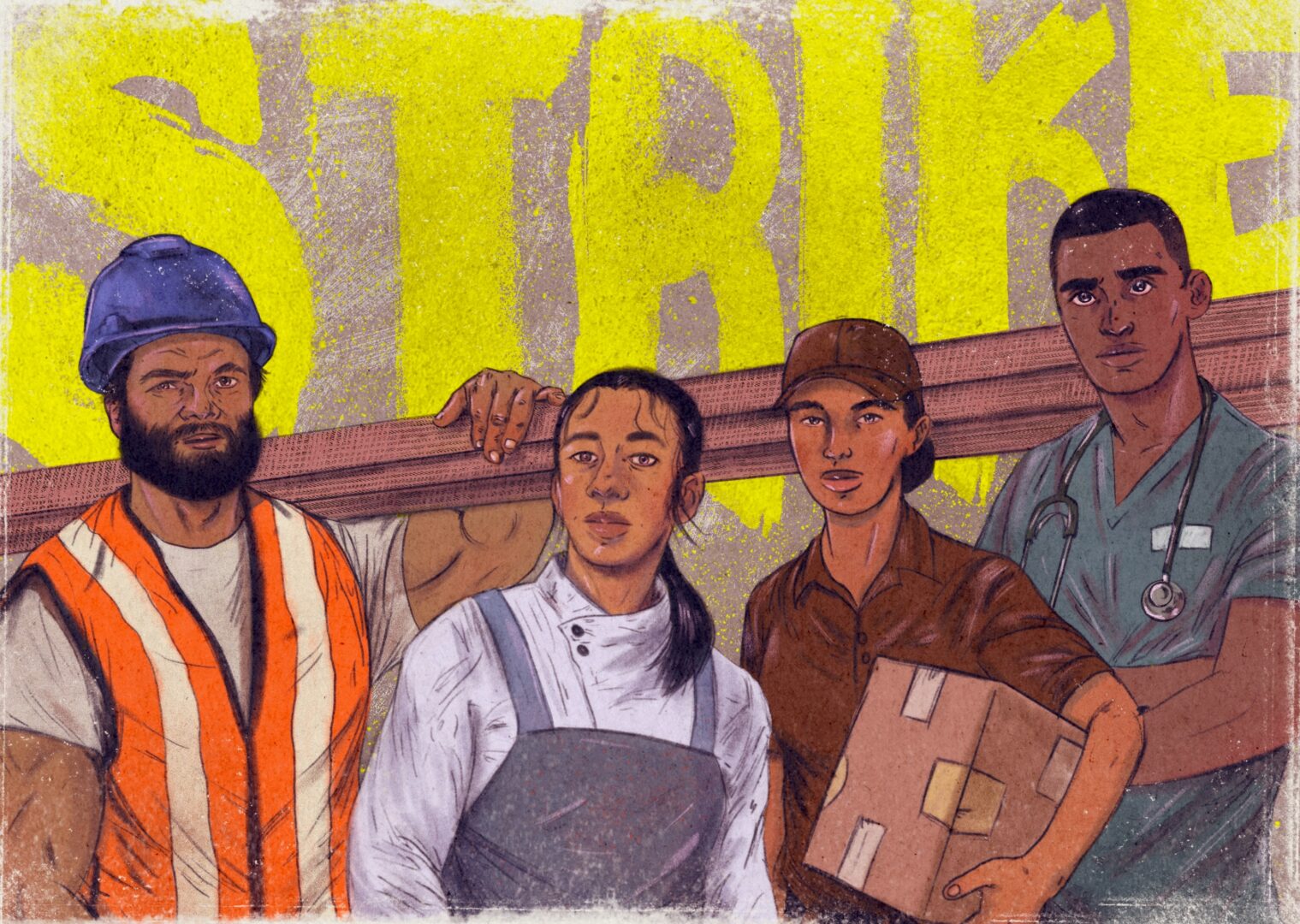
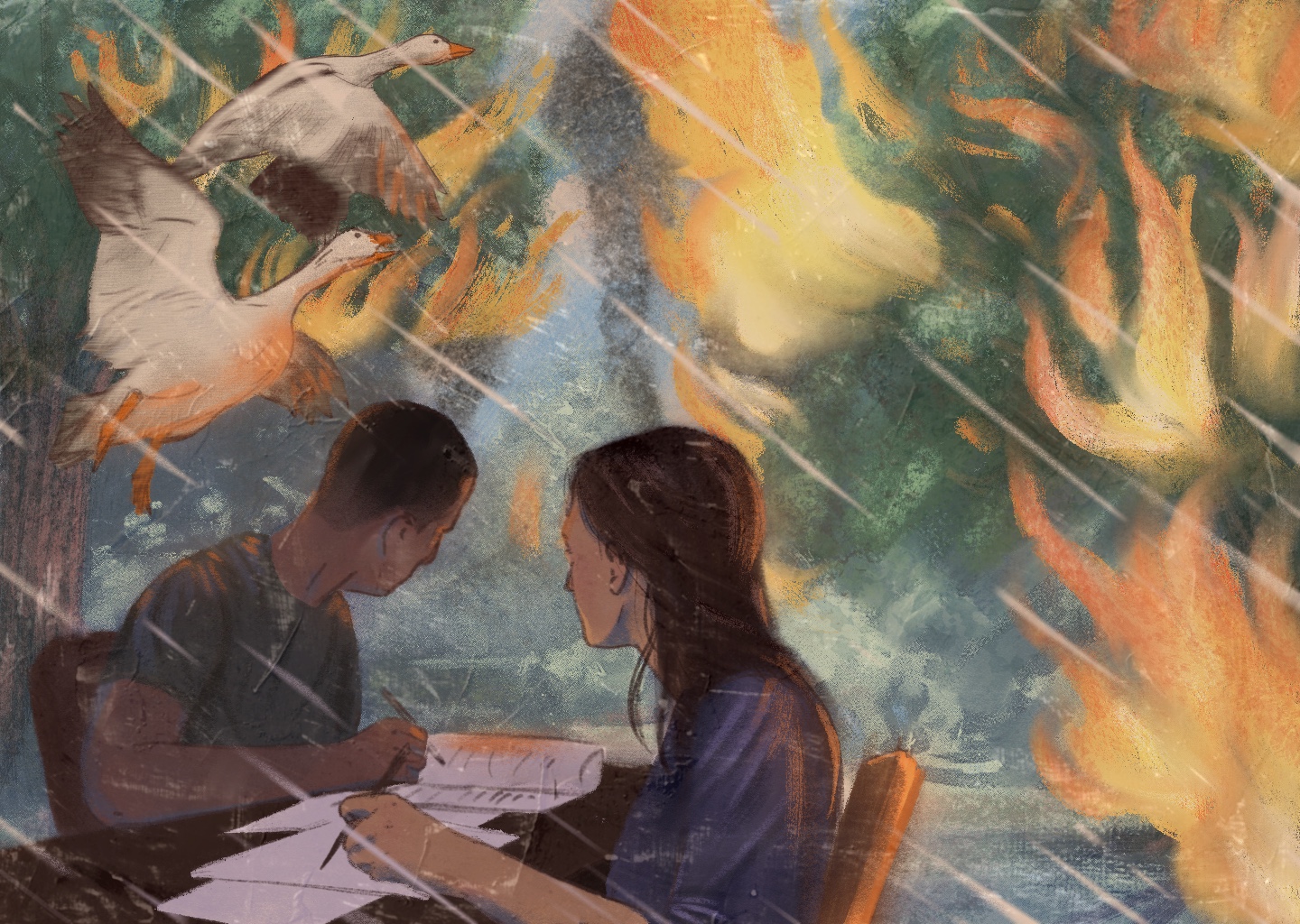
How would you describe your ideal client?
My ideal client is someone who actively seeks me out—without needing a pitch from me. I believe creatives shouldn’t pitch for free, and, in my experience, the best clients are those who look at my work and instantly “get it.” They understand my style, know what to expect, and share a similar vision. Plus, they value my work by paying well and on time.
Contact Info:
- Website: https://tevykhou.com
- Instagram: tevykhou
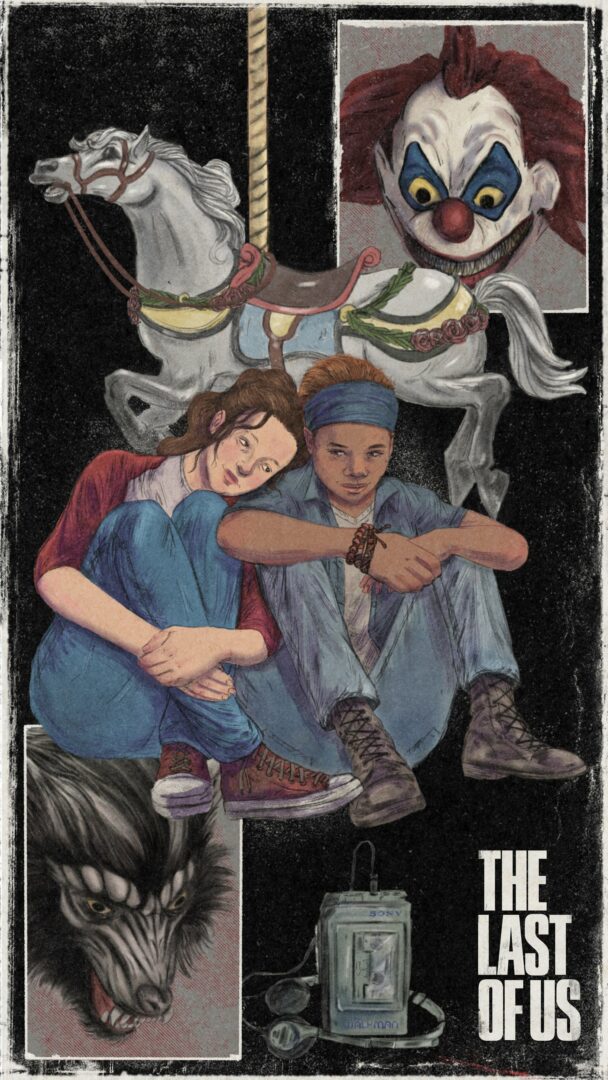
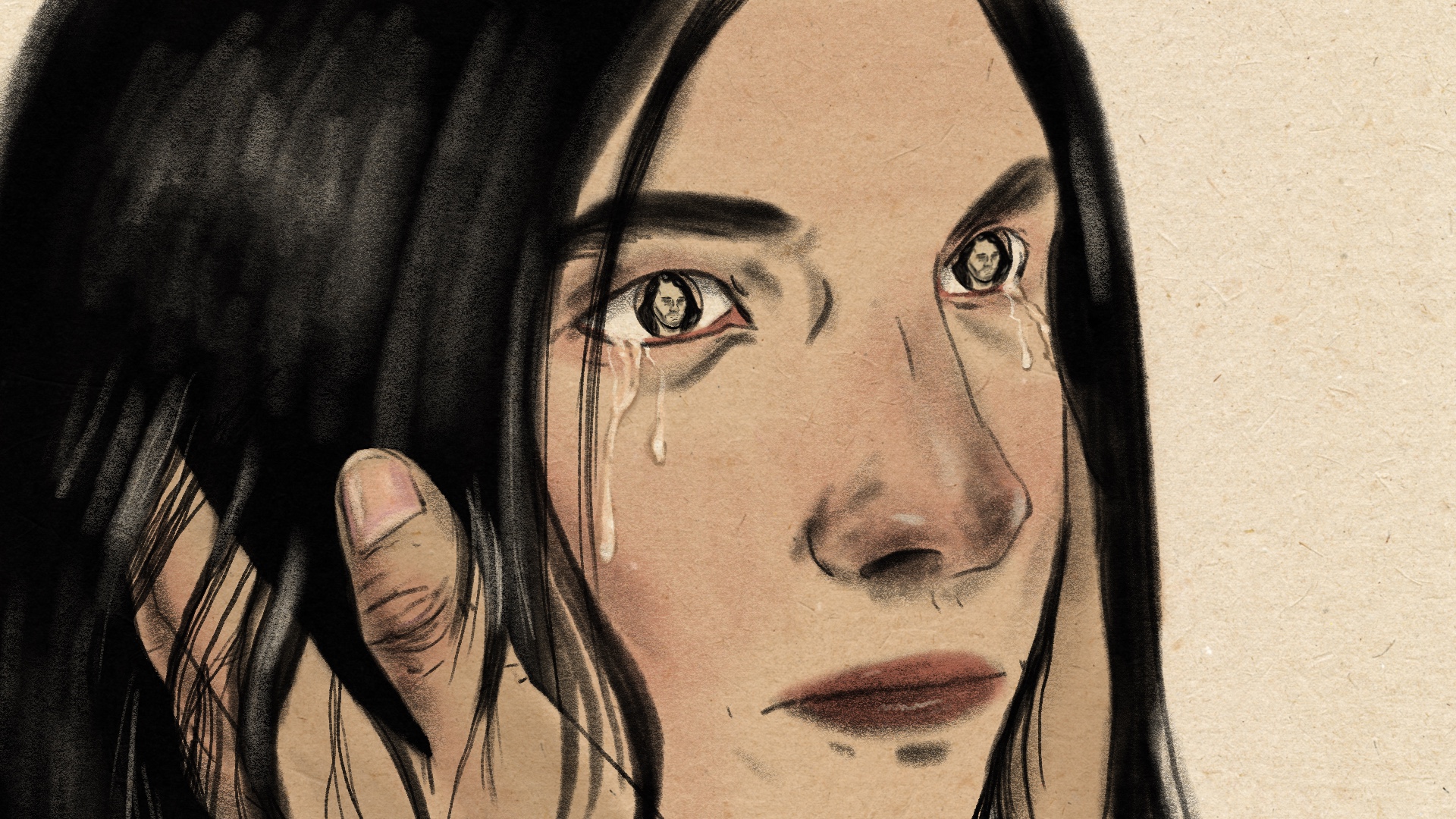
so if you or someone you know deserves recognition please let us know here.

